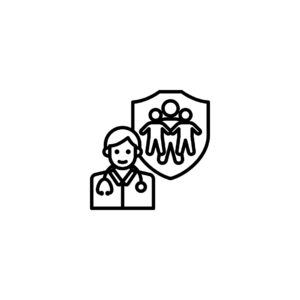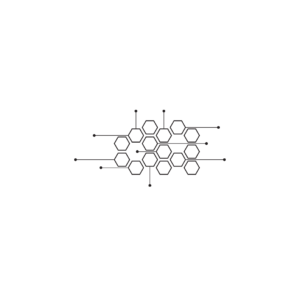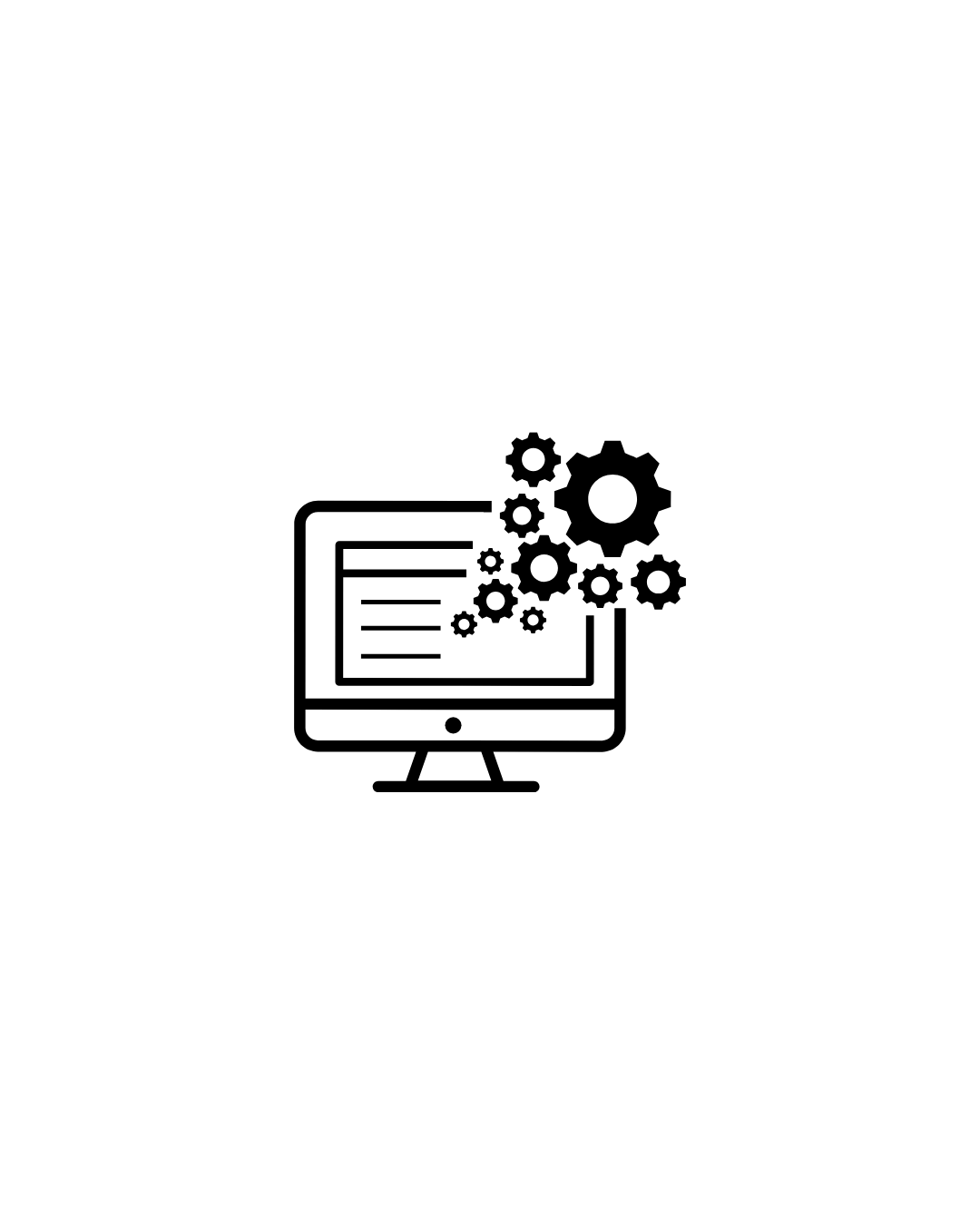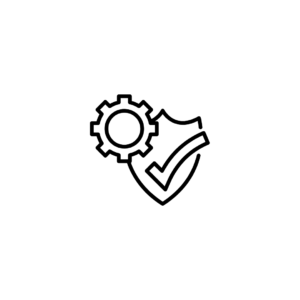Description
An Advanced Diploma in Web Technologies is designed to equip students with in-depth knowledge and hands-on skills related to web development, design, and technology. This program covers various aspects of building modern web applications, including front-end and back-end development, database management, and web security. It aims to prepare students for careers in the dynamic field of web development and technology.
Course Details:
Duration: Typically 1 to 2 years, depending on the institution.
Eligibility: Candidates usually need to have completed higher secondary education (12th grade) or possess a relevant diploma in computer science or information technology. Some institutions may require practical experience in related fields.
Mode of Study: Offered in a full-time format, combining theoretical lectures and practical lab sessions.
Curriculum:
The curriculum for an Advanced Diploma in Web Technologies typically includes the following key areas:
1. Introduction to Web Development
Web Fundamentals:
Overview of the web ecosystem, including web servers, browsers, and the HTTP protocol.
Web Standards:
Understanding web standards and best practices for building accessible and user-friendly websites.
2. Front-End Development
HTML, CSS, and JavaScript:
Mastery of the core technologies for building web pages, including markup, styling, and scripting.
Responsive Design:
Techniques for creating responsive and mobile-friendly designs using frameworks like Bootstrap.
Frameworks and Libraries:
Introduction to popular front-end libraries and frameworks such as React, Vue.js, or Angular.
3. Back-End Development
Server-Side Programming:
Understanding server-side languages such as PHP, Python, or Node.js for building dynamic web applications.
Database Management:
Learning about relational (MySQL, PostgreSQL) and non-relational (MongoDB) databases and how to interact with them.
RESTful API Development:
Creating and consuming APIs to facilitate communication between front-end and back-end systems.
4. Web Security
Understanding Web Vulnerabilities:
Introduction to common web security issues (e.g., SQL injection, XSS) and how to mitigate them.
Secure Coding Practices:
Learning best practices for securing web applications and protecting user data.
5. Content Management Systems (CMS)
CMS Platforms:
Exploring popular content management systems such as WordPress, Drupal, and Joomla.
Customization and Development:
Techniques for customizing CMS themes and developing plugins.
6. DevOps and Deployment
Version Control with Git:
Introduction to version control systems, particularly Git, for managing code collaboration.
Deployment Strategies:
Understanding the process of deploying web applications to hosting environments and using cloud services.
7. Web Application Development
Full-Stack Development:
Combining front-end and back-end skills to build comprehensive web applications.
Frameworks and Tools:
Familiarity with full-stack frameworks like MERN (MongoDB, Express, React, Node.js) or MEAN (MongoDB, Express, Angular, Node.js).
8. Project Management and Collaboration
Agile Development Methodologies:
Introduction to agile methodologies and best practices for managing web development projects.
Collaboration Tools:
Using project management and collaboration tools such as JIRA, Trello, and Slack for team projects.
Assessment:
Assessment methods in this program may include:
Practical Projects:
Hands-on development projects that demonstrate students? ability to apply their skills in real-world scenarios.
Exams and Quizzes:
Written assessments to evaluate understanding of web technologies and concepts.
Group Projects:
Collaborative assignments that encourage teamwork and problem-solving in web development.
Career Opportunities:
Graduates of the Advanced Diploma in Web Technologies can pursue various career paths, including:
Web Developer: Building and maintaining websites and web applications, focusing on both front-end and back-end technologies.
Full-Stack Developer: Working on both the front-end and server-side of web applications, possessing skills in multiple programming languages and frameworks.
User Experience (UX) Designer: Focusing on enhancing user satisfaction by improving the usability, accessibility, and overall experience of web applications.
Web Application Developer: Developing dynamic and interactive applications for various platforms using modern web technologies.
SEO Specialist: Optimizing websites to improve search engine rankings and overall online visibility.
This advanced diploma program is ideal for individuals looking to build a solid foundation in web technologies and launch a successful career in web development. If you have any further questions or need more information, feel free to ask!









